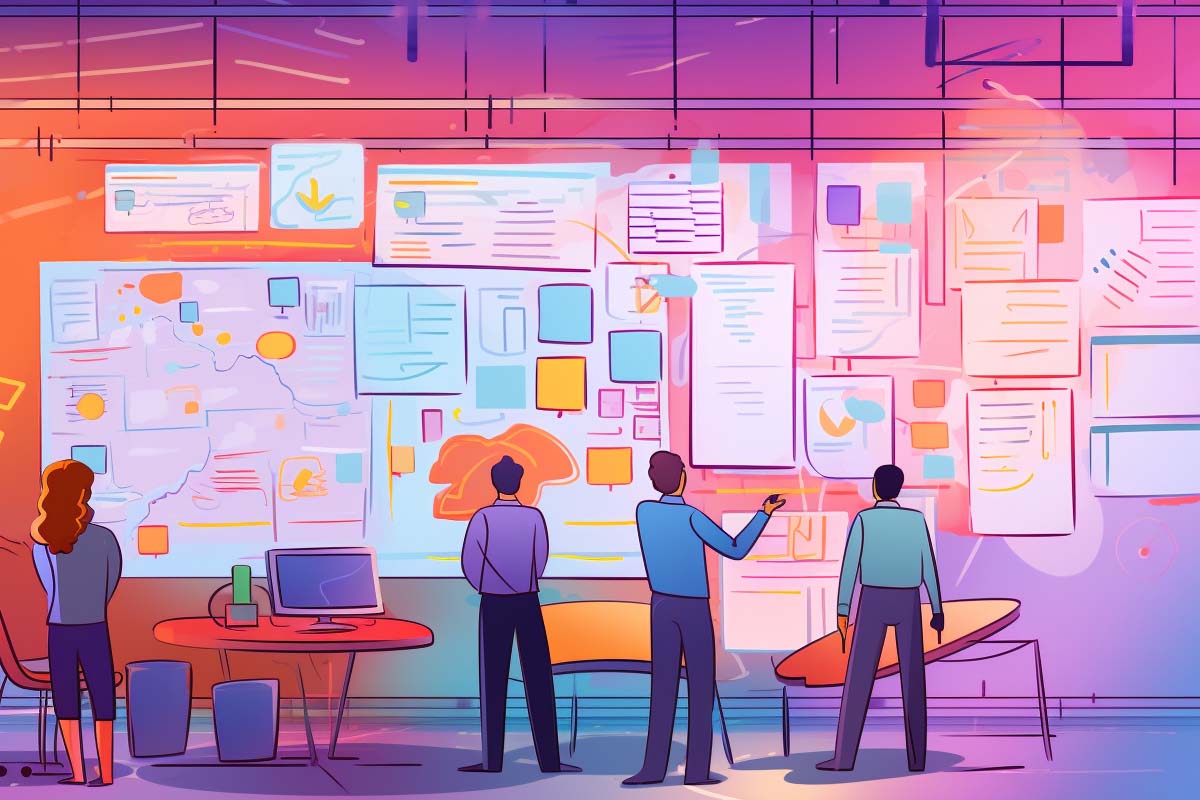Understanding Agile Requirements Gathering
Agile requirements gathering is a fundamental aspect of modern project management, especially in software development, product design, and other dynamic environments. Unlike traditional approaches that emphasize extensive upfront documentation, Agile focuses on a flexible, iterative process that adapts to changing stakeholder needs and market conditions. This approach is vital because it allows teams to deliver value early and continuously, reducing risks associated with outdated or misunderstood requirements. By prioritizing collaboration, ongoing stakeholder involvement, and adaptability, Agile requirements gathering ensures that projects stay aligned with real-world needs and expectations.
In practice, Agile requirements gathering involves capturing high-level goals and user needs through lightweight artifacts such as user stories, acceptance criteria, and prototypes. These artifacts are refined over time through collaborative discussions, feedback loops, and iterative planning. This iterative nature means requirements are not static; instead, they evolve based on validated learning, technological constraints, or changing priorities. As a result, teams can respond more effectively to uncertainties and emerging opportunities, leading to more successful project outcomes.
Fundamental Principles of Agile Requirements Gathering
- Emphasis on collaboration between stakeholders and development teams: Agile thrives on open communication. Stakeholders, including customers, product owners, and end-users, actively participate throughout the project lifecycle. This constant engagement ensures requirements are accurately understood, prioritized, and adapted as needed, fostering shared ownership of the product.
- Continuous stakeholder involvement throughout the project lifecycle: Unlike traditional methods that gather requirements at the beginning only, Agile promotes ongoing dialogue. Regular reviews, demos, and feedback sessions keep stakeholders informed and engaged, resulting in requirements that reflect current needs and market trends.
- Flexibility to adapt requirements based on evolving project needs: Agile recognizes that change is inevitable. Teams adopt a mindset of adaptability, revising or reprioritizing requirements as new insights emerge, which minimizes the risk of delivering a product that no longer meets user expectations.
- Focus on delivering value early and often to inform ongoing prioritization: Instead of waiting until the end of a lengthy development cycle, Agile emphasizes incremental delivery. Early releases provide tangible value, allowing teams to gather real-world feedback and refine future requirements accordingly.
Differences Between Traditional and Agile Requirements Gathering
- Traditional methods often rely on comprehensive upfront documentation: Waterfall and similar approaches typically require detailed requirement specifications documented at project start. This process can be lengthy and rigid, making it difficult to accommodate changes later.
- Agile promotes incremental and iterative collection and refinement of requirements: Requirements are gathered continuously through user stories and backlog grooming, allowing for flexibility and real-time adjustments based on feedback and project evolution.
- The role of user stories and acceptance criteria in Agile: Agile uses lightweight, user-centric artifacts like stories and clear acceptance criteria to specify requirements. These are easy to understand, prioritize, and modify, contrasting with bulky specifications in traditional methods.
- Benefits of Agile approach in dynamic and uncertain project environments: Agile’s flexibility allows teams to pivot quickly, respond to market shifts, and minimize wasted effort, which is critical in fast-changing industries like technology and digital services.
Additional Supporting Ideas
- Challenges of requirements volatility and how Agile addresses them: Requirements often change due to market dynamics or stakeholder priorities. Agile mitigates this by maintaining a flexible backlog, fostering transparency, and encouraging adaptive planning.
- Tools and techniques used in Agile requirements gathering: Techniques such as workshops, user story mapping, affinity estimation, and storyboarding facilitate collaborative and effective requirements elicitation.
- The importance of maintaining a flexible product backlog: The backlog is the central artifact in Agile requirements management. Its continuous refinement ensures that the most valuable work is prioritized, and emerging needs are incorporated seamlessly.
Prioritizing Requirements in Agile
Effective prioritization is the backbone of Agile requirements management. Without it, teams risk focusing on less critical features, leading to delayed value delivery and stakeholder dissatisfaction. Agile promotes a disciplined yet flexible approach to ranking requirements based on business value, technical constraints, and strategic goals. Prioritization is an ongoing process, revisited at every sprint planning and backlog grooming session, ensuring the most important features are addressed first. This dynamic approach helps teams adapt to new information and changing market conditions, maximizing the return on investment.
Methods for Effective Prioritization
- MoSCoW (Must have, Should have, Could have, Won’t have): This popular technique categorizes requirements based on their criticality, helping teams focus on essential features while deferring less critical ones. For example, a banking app’s must-have features might include secure login and transaction processing, while optional features like customizable themes would fall into the could-have category.
- Kano Model for understanding user satisfaction: This model classifies features into basic needs, performance enhancements, and excitement factors. Prioritization then considers not only delivering core functionalities but also enhancing user delight, leading to more competitive products.
- Weighted Shortest Job First (WSJF) for economic prioritization: Used in Scaled Agile Framework (SAFe), WSJF calculates the cost of delay divided by job duration, helping teams make data-driven decisions that maximize economic value delivery.
- Value versus effort matrix: This method plots requirements based on their expected value versus the effort required to implement them, ensuring quick wins are balanced against strategic initiatives.
Factors Influencing Prioritization Decisions
- Stakeholder input and business value: Active engagement from stakeholders ensures that high-impact features aligned with business goals are prioritized.
- Technical dependencies and constraints: Understanding dependencies between features or technical limitations can influence what gets prioritized and when.
- Risk reduction and mitigation: Features that reduce uncertainty or mitigate critical risks are often given higher priority.
- Market or customer feedback and competitive landscape: Continuous feedback helps teams stay aligned with customer needs and stay ahead of competitors by adapting priorities accordingly.
Additional Supporting Ideas
- Techniques for facilitating stakeholder consensus: Methods such as voting, multi-criteria decision analysis, and facilitated workshops can help reconcile conflicting priorities.
- Managing conflicting priorities within the product backlog: Clear criteria, transparent communication, and stakeholder negotiation are key to balancing competing demands.
- Balancing quick wins with strategic initiatives: Prioritize small, high-value features alongside long-term projects to sustain momentum and deliver continuous value.
- Re-prioritization processes during sprint planning and backlog grooming: Regular sessions ensure the backlog remains relevant, with adjustments made based on new insights or changing circumstances.
Defining “Done” in Agile Projects
A clear and shared Definition of Done (DoD) is crucial for Agile teams. It establishes a common understanding of what it means for work to be complete, ensuring quality and consistency across deliverables. Without a well-defined DoD, teams risk rework, scope creep, and misaligned expectations, which can compromise project success. By explicitly stating the criteria for completeness, teams can better plan, execute, and review their work, ultimately delivering higher quality products that meet stakeholder expectations.
The DoD acts as a quality gate, ensuring each increment adheres to agreed standards before it is considered finished. It also provides transparency, enabling teams and stakeholders to assess progress objectively. As teams mature or project complexity increases, the DoD should evolve to incorporate new standards, testing requirements, or compliance measures. This continuous refinement helps maintain high-quality outputs and supports iterative delivery cycles.
Components of an Effective Definition of Done
- Code quality standards and peer reviews: Ensuring code adheres to coding standards, is peer-reviewed, and passes static analysis tools.
- Automated testing coverage: All code must be covered by automated tests, including unit, integration, and regression tests, to ensure reliability.
- Documentation and user manuals: Necessary documentation, including user guides or technical documentation, should be completed to facilitate usage and maintenance.
- Deployment and integration criteria: The work must be deployable in the production environment, with successful integration into existing systems.
- Acceptance testing and stakeholder approval: The feature must pass acceptance criteria, stakeholder review, or user acceptance testing (UAT) before being considered done.
Additional Supporting Ideas
- Differentiating between “Done” for different work artifacts: For example, code completion might require peer reviews, but a user story completion also needs stakeholder approval and testing.
- Evolving the DoD as team maturity and project complexity grow: As teams improve, standards can be raised, incorporating new quality metrics or compliance requirements.
- Communicating and enforcing the DoD within teams and across stakeholders: Clear documentation, onboarding, and regular reinforcement ensure everyone understands and adheres to the standards.
- Using DoD as a basis for sprint and release planning: The DoD provides criteria for breaking down work, estimating effort, and planning releases with confidence.
Rolling Wave Planning in Agile
Rolling wave planning is a technique that aligns perfectly with Agile’s iterative philosophy. Instead of attempting to define an entire project plan upfront, teams develop detailed plans only for the immediate future, while maintaining a higher-level view of the remaining work. This approach allows for flexibility, as plans are continuously refined as new information becomes available. The key benefit is that teams can adapt to changing priorities, emerging risks, or stakeholder feedback without being constrained by rigid long-term schedules.
Implementing rolling wave planning involves a balance between strategic foresight and tactical flexibility. By planning in detail for upcoming sprints and keeping future work at a higher level, teams can respond more effectively to uncertainties. This method also encourages ongoing stakeholder engagement, as regular planning cycles foster transparency and collaboration. As the project progresses, the plan evolves, ensuring alignment with current realities and strategic goals.
Principles and Benefits of Rolling Wave Planning
- Planning in detail for near-term work, with higher-level planning for future work: Immediate tasks are elaborated with specific requirements, while distant work remains flexible and loosely defined.
- Flexibility to adapt plans based on feedback and changing priorities: Regular review cycles allow teams to revise priorities and scope, ensuring relevance and value.
- Improved resource allocation and risk management: Focusing detailed planning on upcoming work helps allocate resources efficiently and identify potential risks early.
- Enhanced stakeholder engagement through iterative planning: Frequent planning sessions keep stakeholders involved, fostering trust and shared understanding.
Implementing Rolling Wave Planning
- Developing initial high-level roadmap and detailed sprint plans: Starting with a strategic roadmap, teams break down work into manageable sprints with detailed objectives.
- Regular backlog refinement sessions to adjust upcoming work: These sessions ensure the backlog remains prioritized, refined, and aligned with evolving needs.
- Using iterative cycles to revisit and revise plans: After each sprint or release, teams review progress, update estimates, and re-prioritize work.
- Integrating stakeholder feedback into planning updates: Continuous feedback ensures the plan remains relevant, realistic, and aligned with stakeholder expectations.
Additional Supporting Ideas
- Techniques for effective backlog grooming: Techniques such as story splitting, estimation, and dependency analysis help keep the backlog manageable and actionable.
- Balancing long-term vision with short-term adaptability: Maintain strategic goals while allowing tactical adjustments to respond to immediate feedback or risks.
- Managing dependencies and uncertainties in future planning: Use visual tools like dependency matrices and risk registers to track and mitigate uncertainties.
- Tools and software that support rolling wave planning: Platforms like Jira, Azure DevOps, and Rally enable dynamic backlog management, visual planning, and real-time collaboration.
Integrating Requirements Gathering, Prioritization, Done, and Planning for Agile Success
A successful Agile project hinges on the seamless integration of requirements gathering, prioritization, defining \”Done,\” and rolling wave planning. These elements form a cohesive cycle where each informs and supports the others. Continuous collaboration ensures that requirements are not only captured but also prioritized based on value and feasibility. Clear Definition of Done standards guarantee quality and shared understanding, while iterative planning and backlog refinement keep the project aligned with evolving stakeholder needs. When these components work in harmony, teams can deliver high-quality products rapidly, with increased stakeholder satisfaction and reduced risk.
Creating a cohesive process involves establishing transparent communication channels, setting clear expectations, and fostering a culture of adaptability. Regular review sessions, stakeholder demos, and retrospective meetings serve as opportunities to reassess requirements, reprioritize work, and adjust planning. Maintaining a dynamic, well-groomed backlog, along with shared standards for completeness, ensures that everyone remains aligned on project goals and progress. This holistic approach enhances team agility, accelerates delivery, and maximizes value realization.
Best Practices and Pitfalls to Avoid
- Ensuring stakeholder engagement at all stages: Regular involvement prevents misunderstandings and fosters shared ownership. Use tools like demos, surveys, and collaborative workshops to keep stakeholders engaged.
- Avoiding scope creep through disciplined prioritization: Revisit priorities frequently, enforce the Definition of Done, and adhere to the product backlog to prevent uncontrolled scope expansion.
- Maintaining flexibility without losing focus: Balance adaptability with strategic objectives. Use clear roadmaps and high-level goals as guiding principles during planning and execution.
- Promoting team maturity in defining Done and planning processes: Invest in training, retrospectives, and continuous improvement initiatives to build shared understanding and discipline within the team.
Additional Supporting Ideas
- Case studies of successful Agile requirements management: Examining real-world examples, such as Spotify’s squad model or Atlassian’s Jira implementation, reveals best practices and lessons learned.
- Metrics and KPIs to measure requirements handling effectiveness: Use lead time, cycle time, requirements volatility, and stakeholder satisfaction scores to evaluate and improve processes.
- Training and coaching teams on Agile practices: Regular workshops, certifications, and mentoring help embed Agile principles and improve overall execution.
- Adapting requirements gathering processes for distributed or remote teams: Leverage collaboration tools, virtual workshops, and asynchronous communication to ensure continuous engagement regardless of location.
Conclusion
Agile requirements gathering is a dynamic, collaborative process that champions flexibility, stakeholder involvement, and continuous improvement. By effectively prioritizing requirements, establishing a clear Definition of Done, and employing rolling wave planning, teams can navigate uncertainty and deliver high-value solutions with confidence. The integration of these practices creates a resilient framework that adapts to evolving needs, reduces waste, and accelerates delivery cycles. Embracing Agile’s principles in requirements management ultimately leads to products that better serve users, satisfy stakeholders, and maintain a competitive edge in fast-paced markets.
To succeed, organizations must foster a culture of transparency, discipline, and continuous learning. Regularly revisiting and refining processes ensures that requirements remain aligned with strategic goals and customer expectations. Whether adopting Agile for the first time or enhancing existing practices, understanding the interconnectedness of requirements gathering, prioritization, Definition of Done, and rolling wave planning is essential for achieving Agile excellence. Take action today by reviewing your current processes, engaging stakeholders more deeply, and embracing iterative planning—your next successful project could be just an agile step away.










